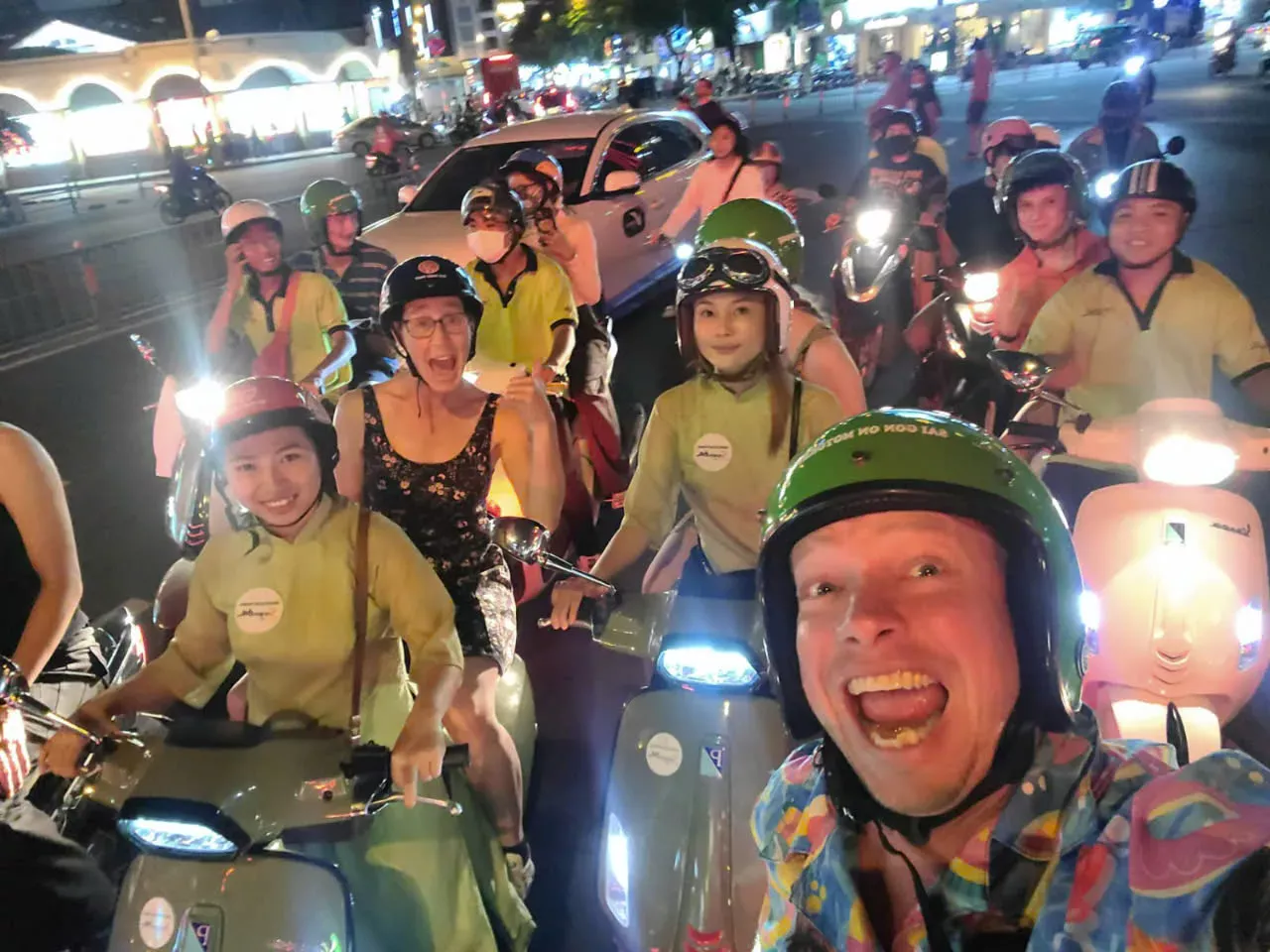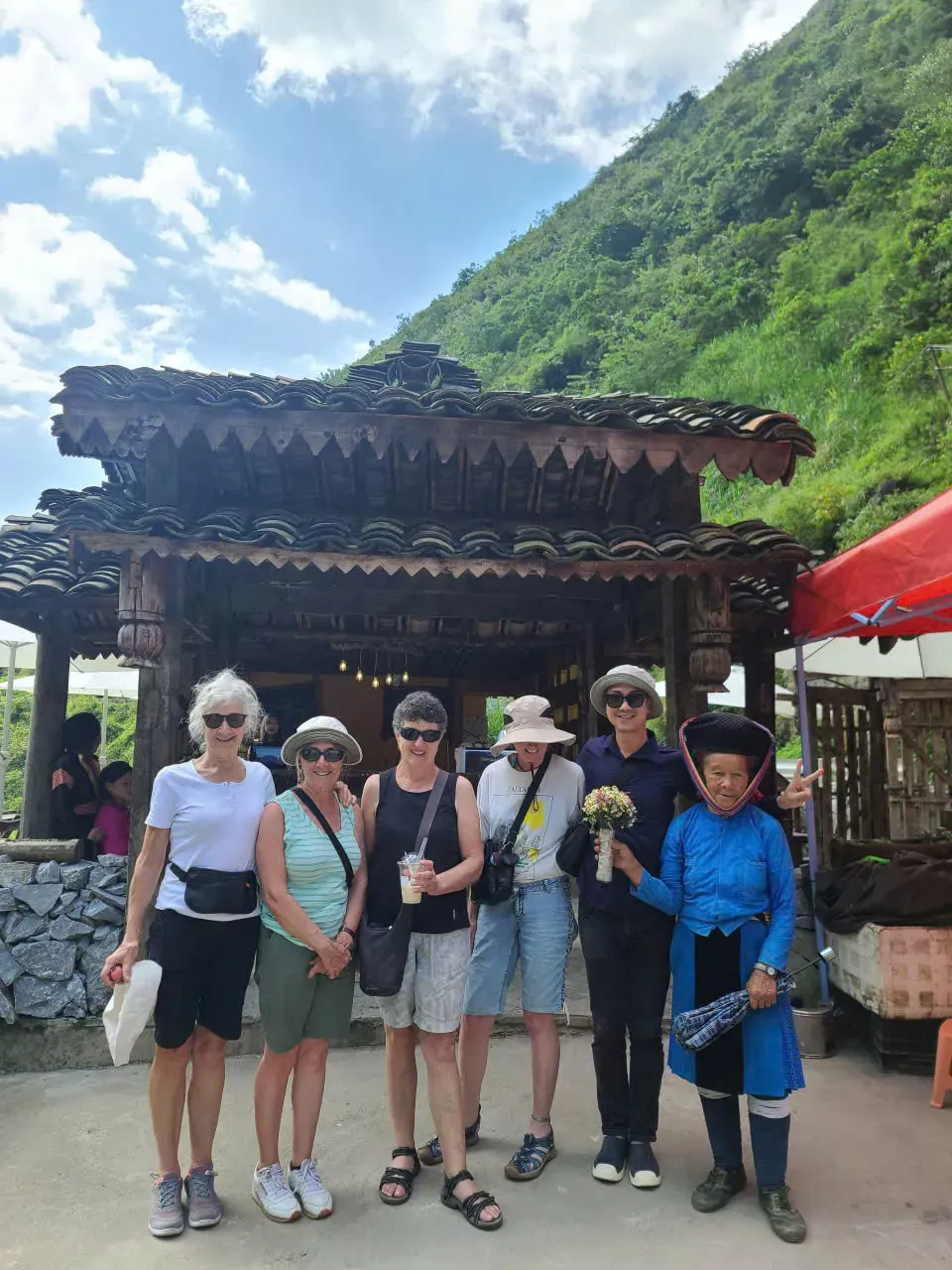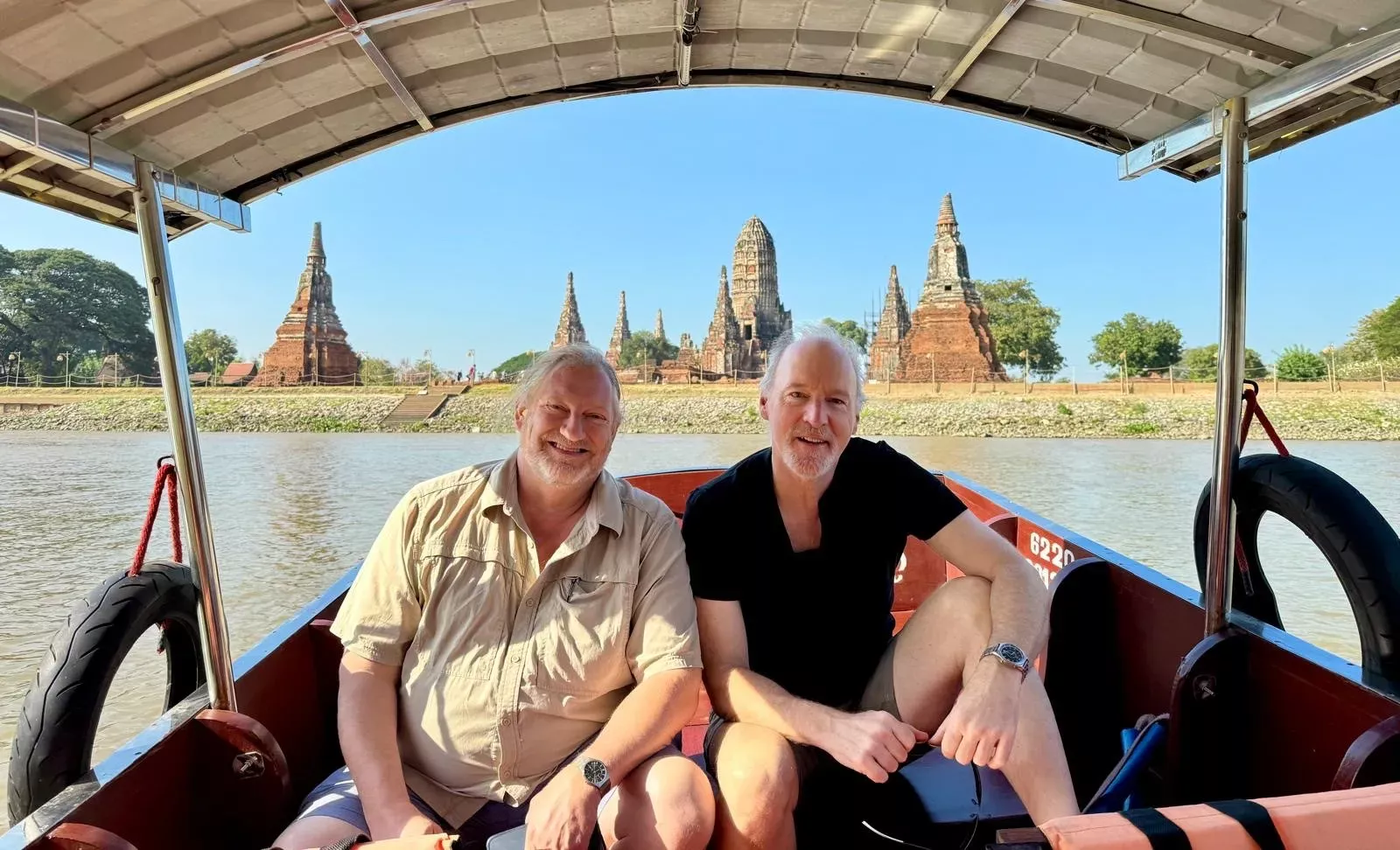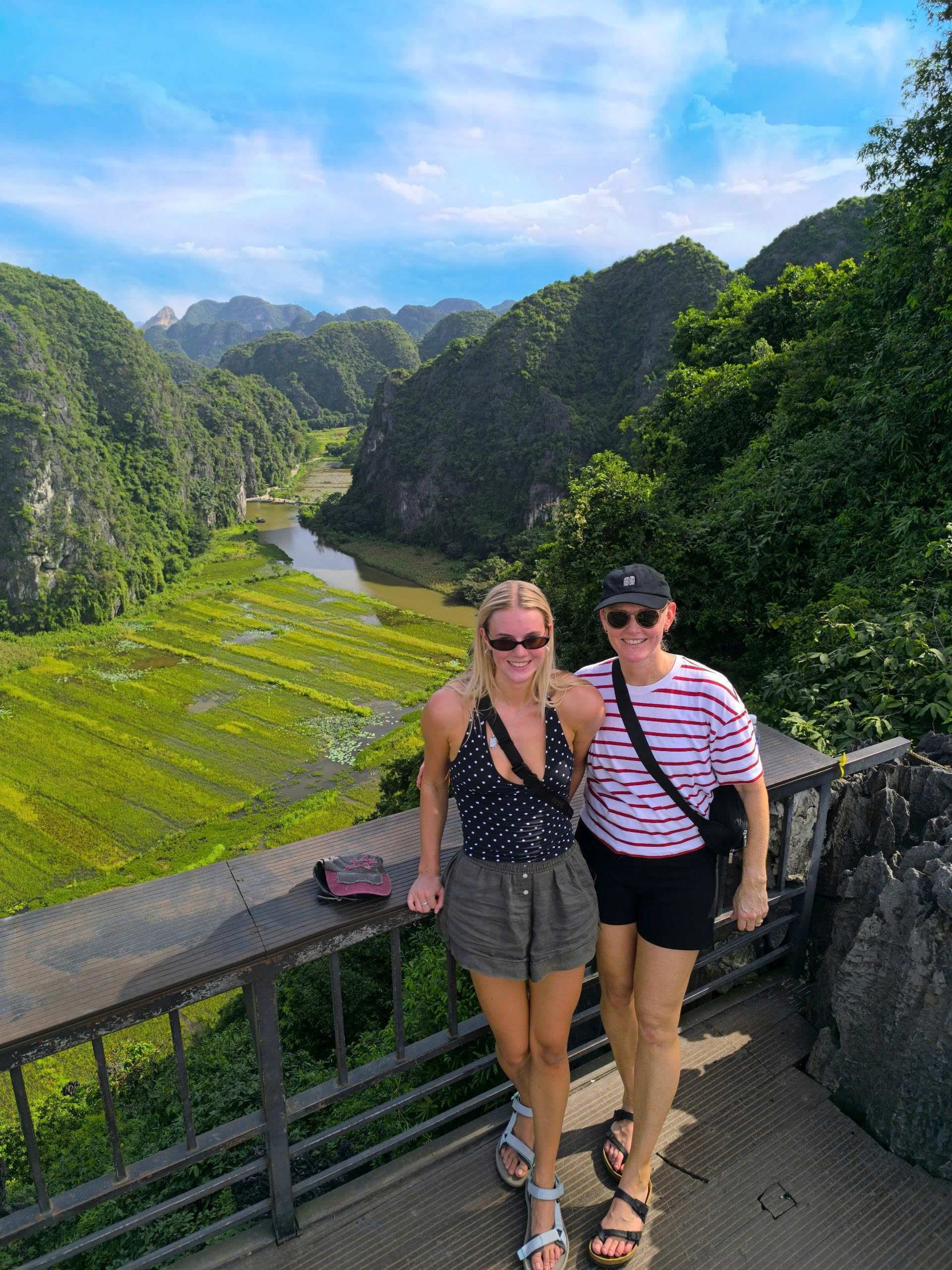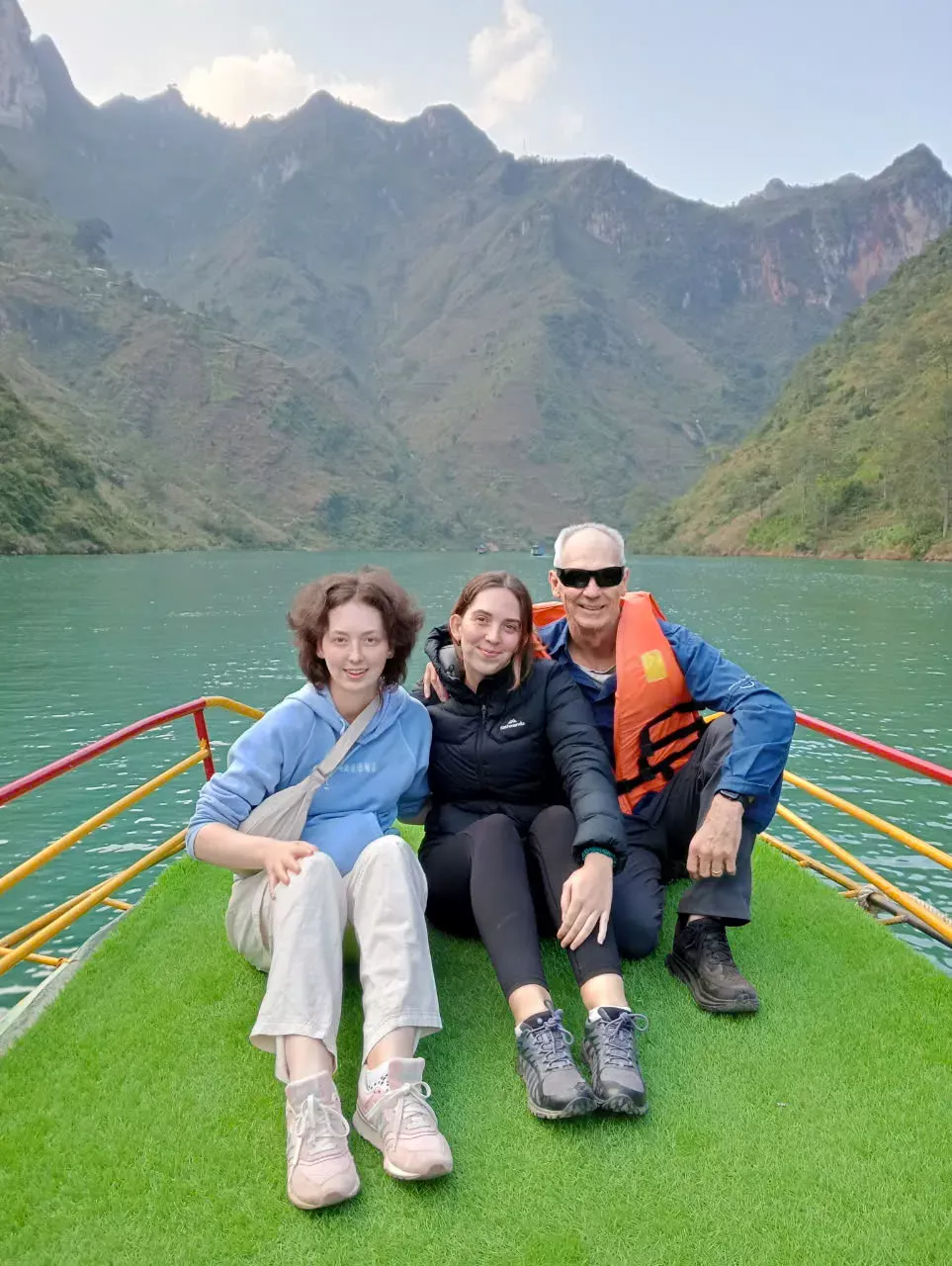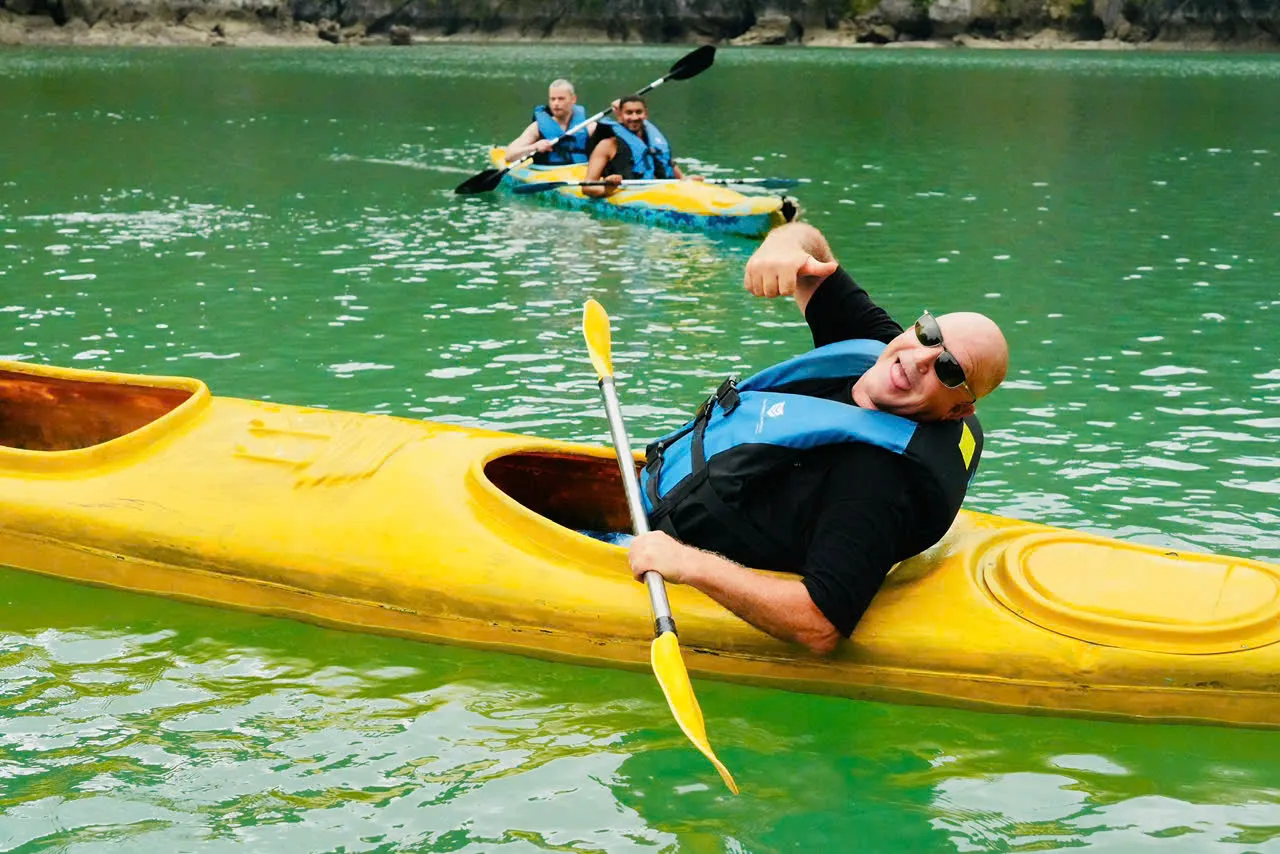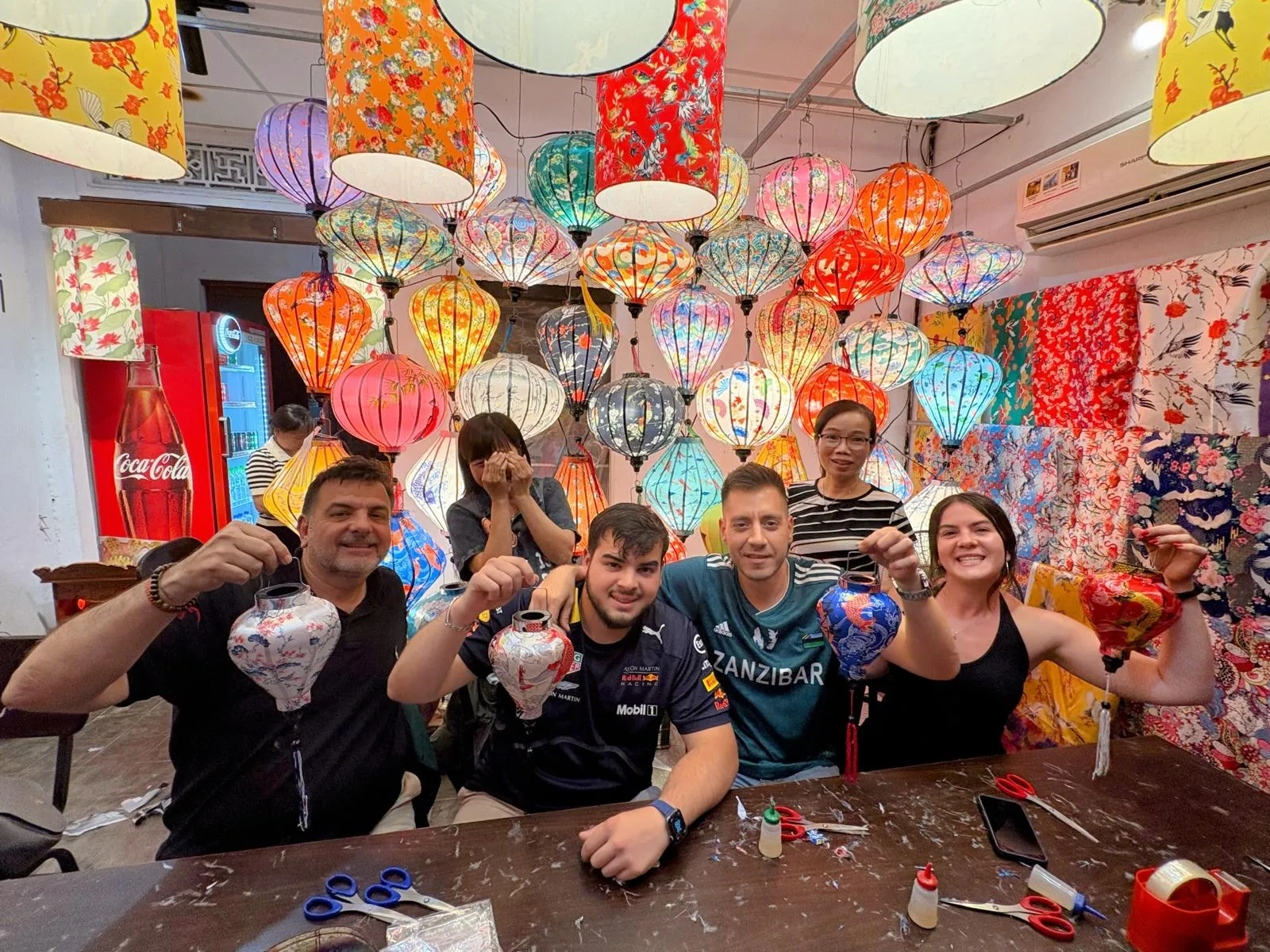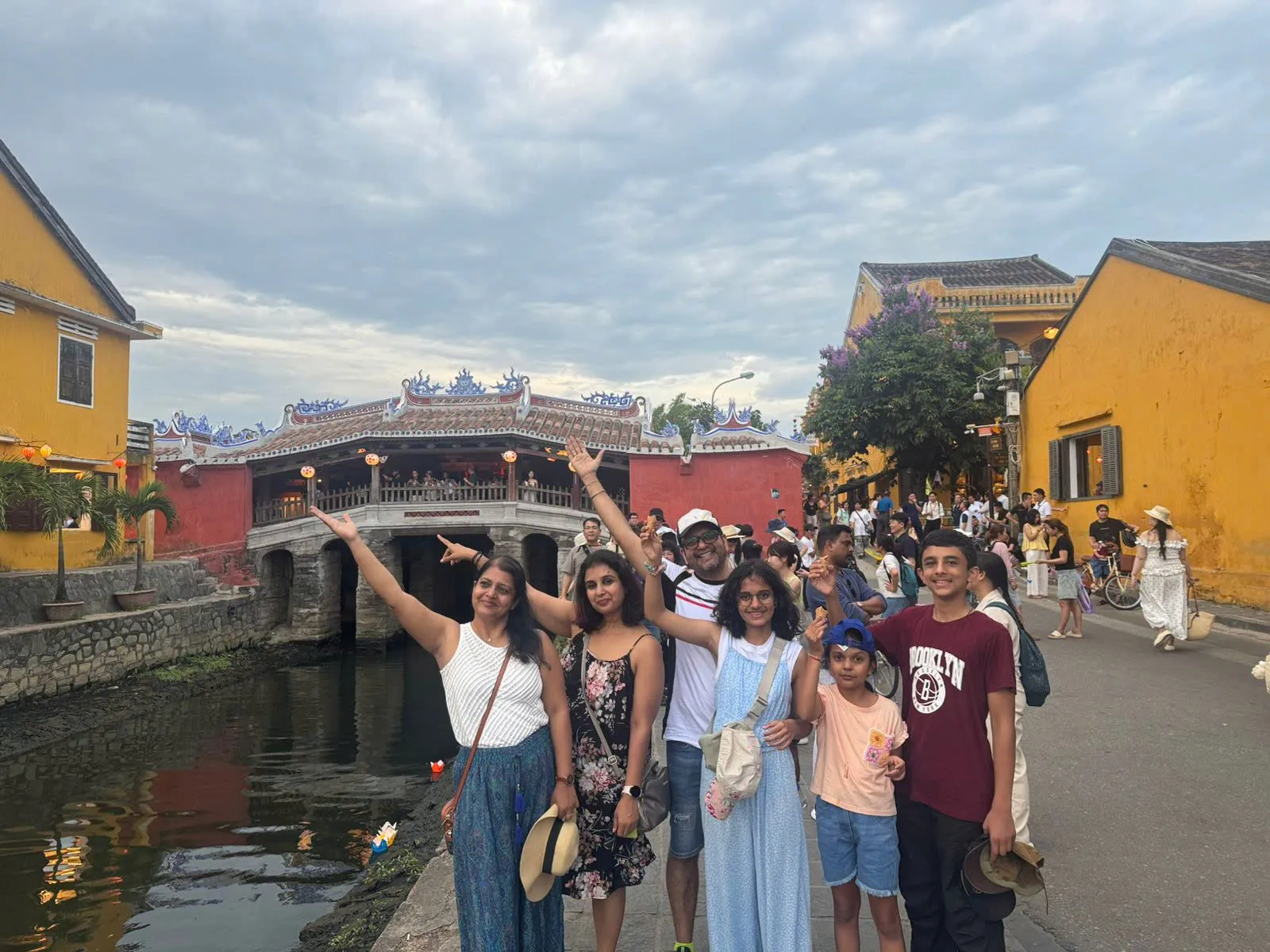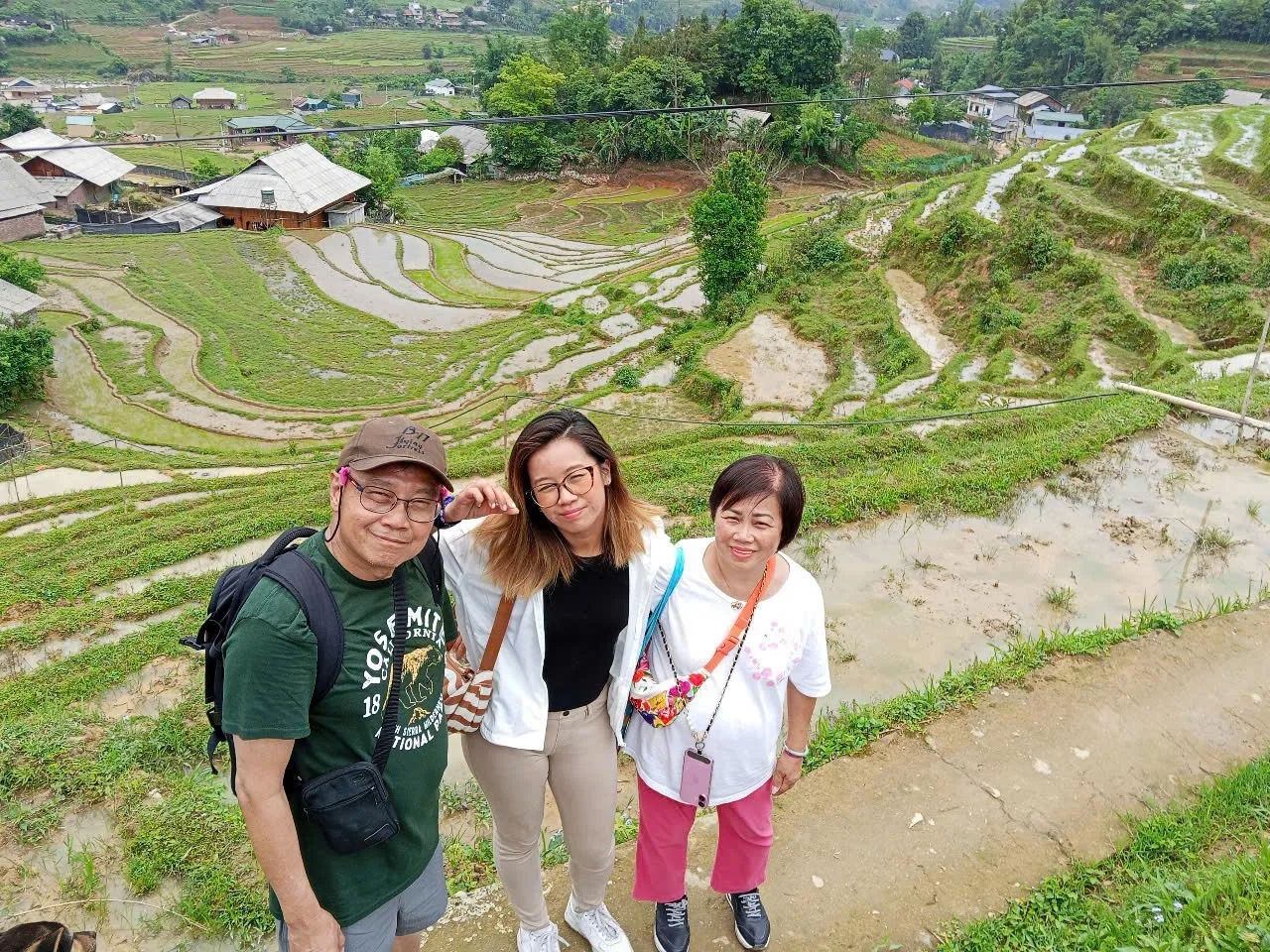
If you are considering a trip to Thailand for the first time, this comprehensive guide provides a structured, step-by-step approach to planning your journey—covering everything from visa requirements and travel timing to suggested itineraries, accommodations, and local dining.
Step 1: Prepare for your thailand trip — visas, budget, and essential travel information
Before booking your flight, it is essential to organize your documents, budget, and fundamental travel logistics.
Visa requirements for 2025
As of 2025, Thailand allows visa-free entry for up to 60 days for citizens from over 90 countries, including the United States, the United Kingdom, EU nations, Australia, and several ASEAN members. For longer stays, travelers can apply for an eVisa online through the Thai Ministry of Foreign Affairs portal, which streamlines the approval process significantly.

Budget planning and currency
Thailand is known for its affordability, but costs can vary depending on your travel style:
-
Budget travelers: $30–$50 USD per day
-
Mid-range travelers: $60–$120 USD per day
-
Luxury travelers: $150 USD and above per day
Major cities like Bangkok and Chiang Mai are relatively affordable, while island destinations may be slightly more expensive, particularly during the peak season.
Tips: The local currency is the Thai Baht (THB). Use ATMs with low fees, or exchange money at reputable banks and booths rather than airports for better rates.
Packing and travel essentials
Thailand’s tropical climate means lightweight clothing is ideal, but visitors should also pack modest attire for temple visits (shoulders and knees must be covered), sunscreen, insect repellent, and universal power adapters (Thailand uses Type A, B, and C plugs). It is also advisable to purchase travel insurance covering medical emergencies and trip cancellations.
Step 2: Choose the best time to visit thailand
The best time to visit Thailand largely depends on your preferred activities and the regions you plan to explore.

Thailand’s climate by season
-
Cool season (November–February): The most popular time to visit, with dry weather and cooler temperatures. Ideal for beach trips, sightseeing, and festivals.
-
Hot season (March–May): Very warm, but good for island travel and fewer crowds in major cities.
-
Rainy season (June–October): Lush landscapes and discounted accommodations, though heavy rains may affect island access.
Major festivals in Thailand
-
Songkran Festival (April 13–15): Thai New Year, celebrated with large water fights in cities and villages.
-
Yi Peng & Loy Krathong (November): The sky lantern and river-floating festivals, particularly beautiful in Chiang Mai.
-
Vegetarian Festival (October): Celebrated in Phuket, this event features unique food offerings and cultural rituals.
Traveling during a festival adds a memorable cultural layer to your itinerary but be sure to book accommodations early during these periods.
Step 3: Plan your Thailand itinerary
Thailand offers a diverse range of destinations. Creating a balanced itinerary allows first-time visitors to experience the country’s variety—urban life, historical sites, and natural beauty.
7-day suggested itinerary for first-time visitors
Days 1–2: Bangkok
-
Visit the Grand Palace, Wat Pho, and Wat Arun
-
Explore Chatuchak Market and enjoy a river cruise
-
Dine at a rooftop restaurant or try local street food
Days 3–5: Chiang Mai
-
Discover Doi Suthep Temple and the Old City
-
Participate in an ethical elephant sanctuary experience
-
Explore the Night Bazaar and local cooking classes
Days 6–7: Krabi or Phuket
-
Relax on Ao Nang or Kata Beach
-
Take a boat tour to Phi Phi Islands or Phang Nga Bay
-
Enjoy a beachfront dinner at sunset

Transportation between destinations
-
Domestic flights are affordable and time-saving (1–2 hours between cities).
-
Overnight trains from Bangkok to Chiang Mai offer a scenic, budget-friendly option.
-
Ferries and speedboats are common in the south for island-hopping.
Booking major routes in advance is recommended, especially during holidays and festival periods.
Step 4: Find the right accommodations
Choosing the right place to stay is key to enjoying your trip. Options vary from boutique guesthouses to luxury resorts, and the location can greatly influence your overall experience.
Recommended areas by Destination
-
Bangkok: Sukhumvit (modern, central), Old Town (near temples), Silom (business district with nightlife)
-
Chiang Mai: Old City (historical area), Nimmanhaemin (trendy, cafés, and co-working spaces)
-
Phuket/Krabi: Patong or Ao Nang (beach and nightlife), Kata (quiet and family-friendly)
3 types of accommodation (budget hostel, boutique hotel, beachfront resort)
Accommodation options and pricing
Budget: Dormitories and guesthouses from $10–20 USD per night
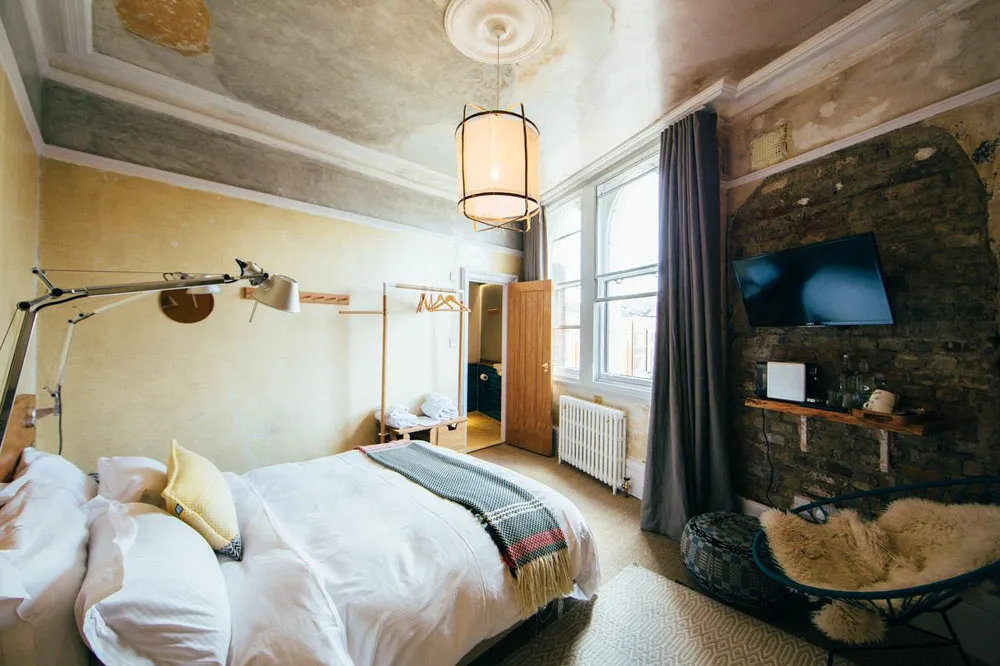
Mid-range: Boutique hotels or Airbnb options from $30–70 USD per night
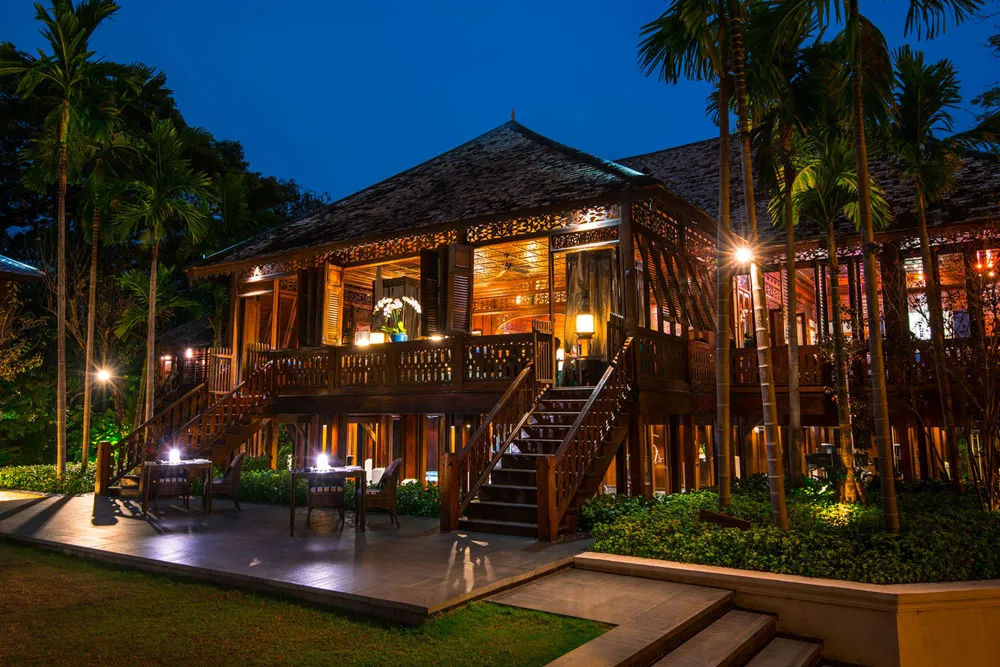
Luxury: International hotels and beachfront resorts from $100 USD and up

Tips: Book accommodations early during high season (November–February) to secure the best locations and rates.
Step 5: Explore Thai cuisine and know where to eat
Food is a cornerstone of the Thai travel experience. From Bangkok’s bustling night markets to seaside seafood grills, the culinary offerings are both diverse and delicious.
Popular Thailand dishes to Try
-
Pad Thai: Stir-fried rice noodles with tofu or shrimp, served with lime and peanuts
-
Tom Yum Goong: A fragrant and spicy shrimp soup with lemongrass and lime leaves
-
Som Tum: Spicy green papaya salad, often paired with sticky rice and grilled chicken
-
Khao Soi: A Northern Thai specialty noodle curry, especially in Chiang Mai

Where to eat
-
Bangkok: Try Yaowarat Road in Chinatown for authentic street food or head to rooftop restaurants like Vertigo or Mahanakhon SkyBar for fine dining with a view
-
Chiang Mai: Visit the Sunday Walking Street Market and Nimman cafés for a mix of traditional and trendy cuisine
-
Krabi/Phuket: Enjoy beachfront seafood in Ao Nang or Rawai, with freshly grilled fish, prawns, and local curries
For hygiene and taste, look for stalls with long queues and locals eating—this is a good sign of quality and freshness.
Travel tips for a safe and wonderful trip
This section includes practical advice to ensure a smooth, respectful, and enjoyable experience throughout your journey.

Cultural etiquette in Thailand
-
Dress modestly when visiting temples—no sleeveless tops or shorts above the knee
-
Always remove shoes before entering homes or temples
-
Avoid touching people’s heads, and never point your feet at people or sacred objects
-
Show respect for the monarchy, as it’s taken very seriously in Thai society
Avoiding common tourist mistakes
-
Don’t engage with tuk-tuk drivers offering “special tours”—these often lead to overpriced shops
-
Use Grab (Asia’s ride-hailing app) or metered taxis instead of negotiating on the street
-
Only visit ethical animal sanctuaries that do not allow riding or chaining elephants
Connectivity and communication
-
Purchase a local SIM card (AIS, TrueMove, DTAC) at the airport for convenient internet access
-
Most cities offer free or affordable Wi-Fi in cafés, hotels, and public spaces
-
Download essential apps: Grab, Google Translate, Maps.me
Conclusion: Begin your journey to the land of smiles
Planning a trip to Thailand in 2025 can be a rewarding and enriching experience when approached with proper preparation and cultural awareness. From vibrant city streets to tranquil beaches and ancient temples, Thailand offers a variety of experiences that suit every traveler’s taste and budget.

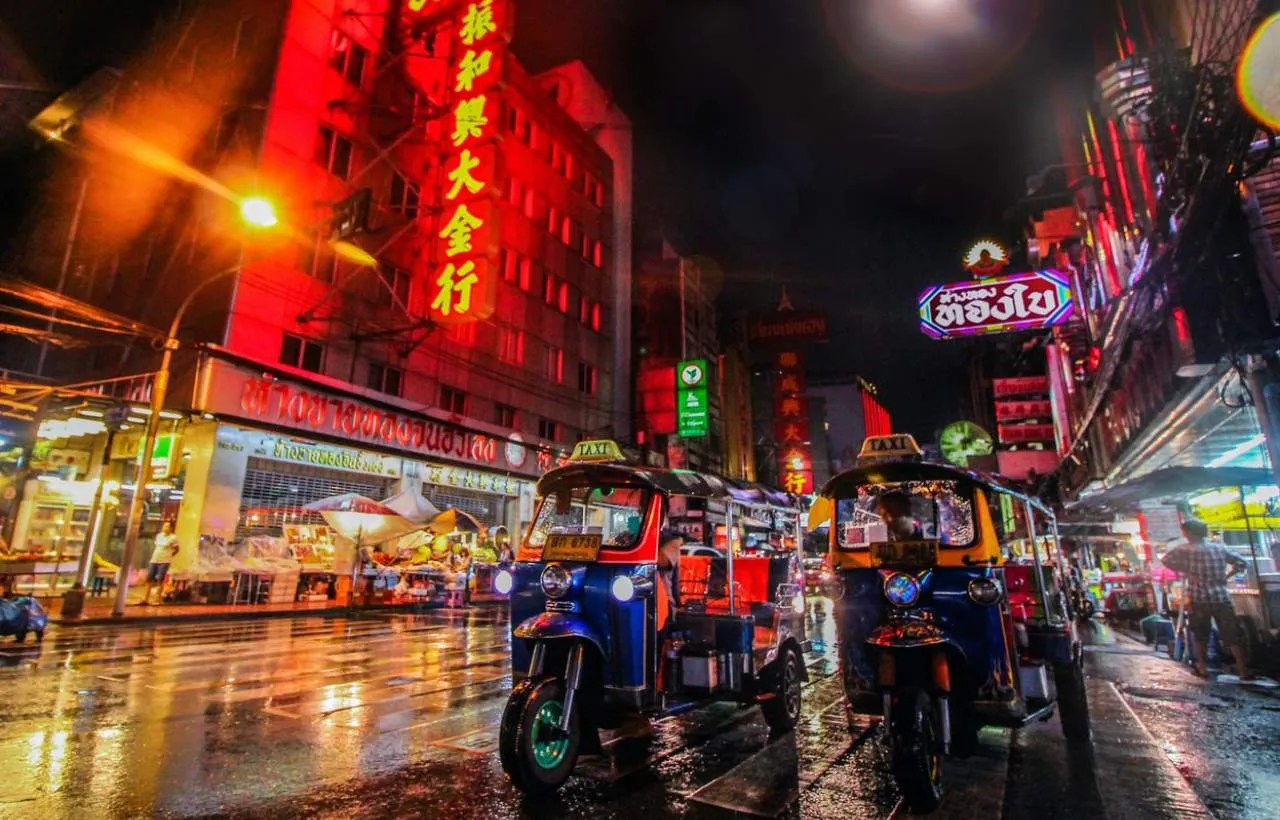
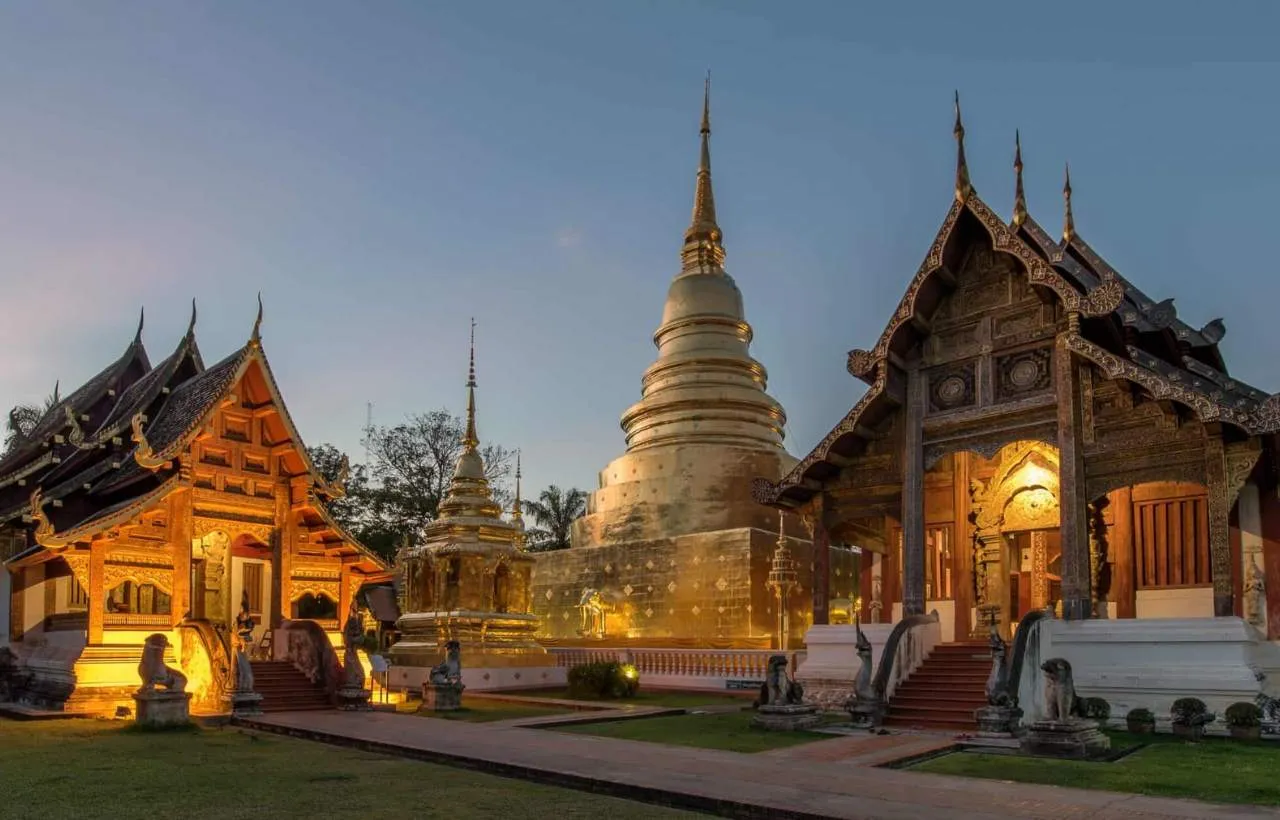
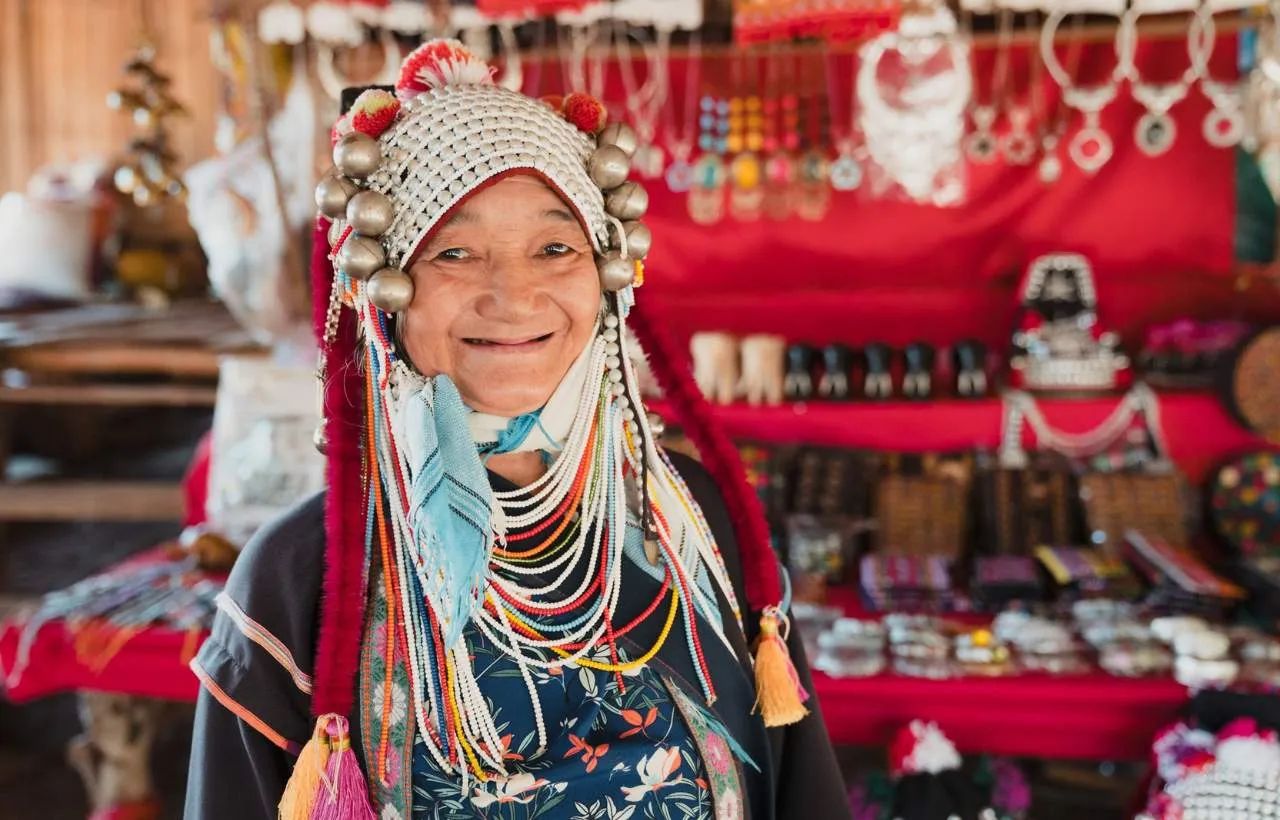
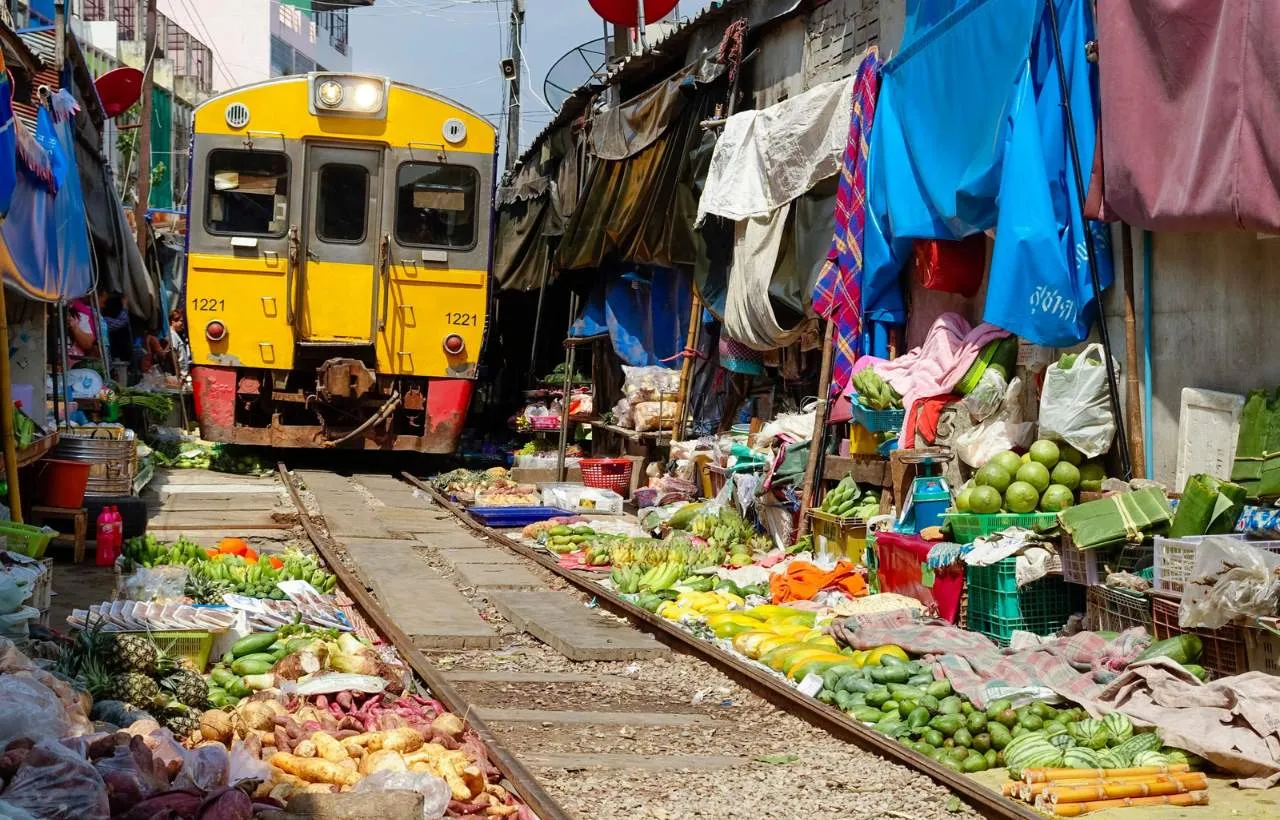
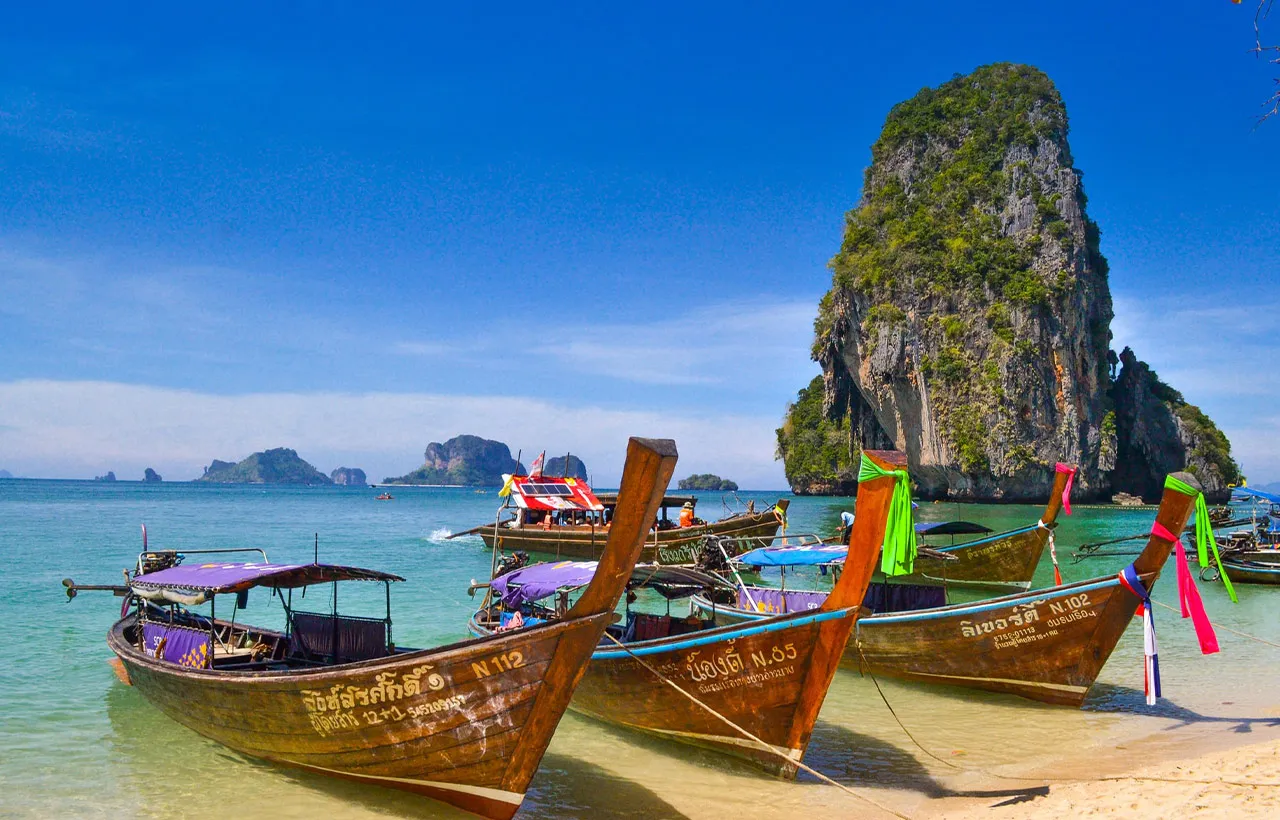

















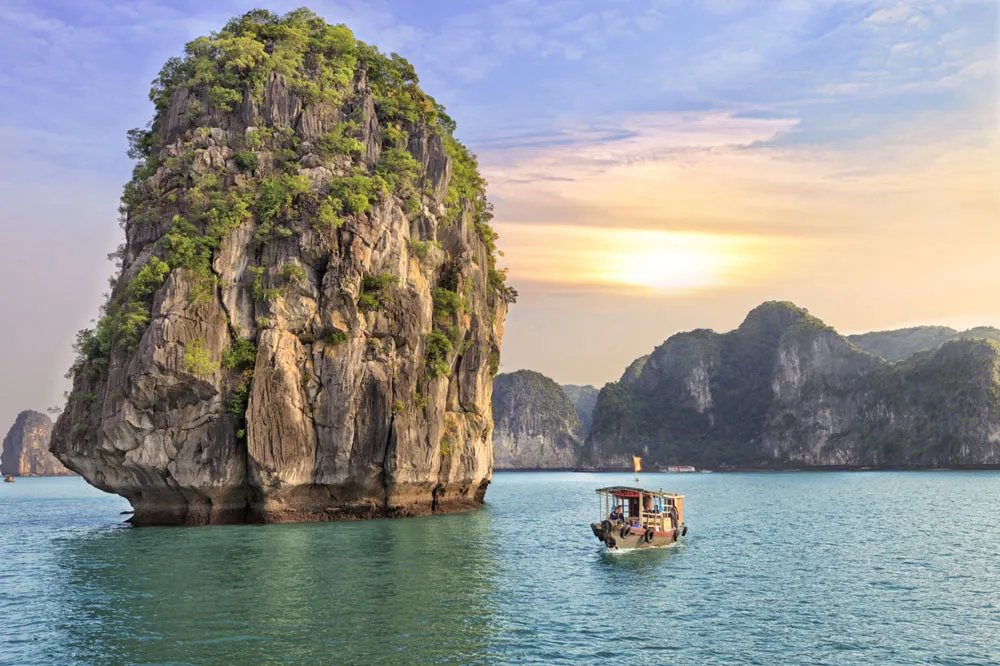


 View trip map
View trip map
